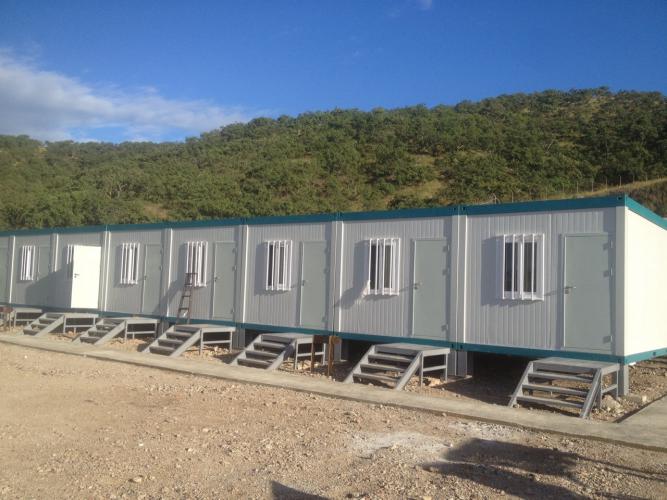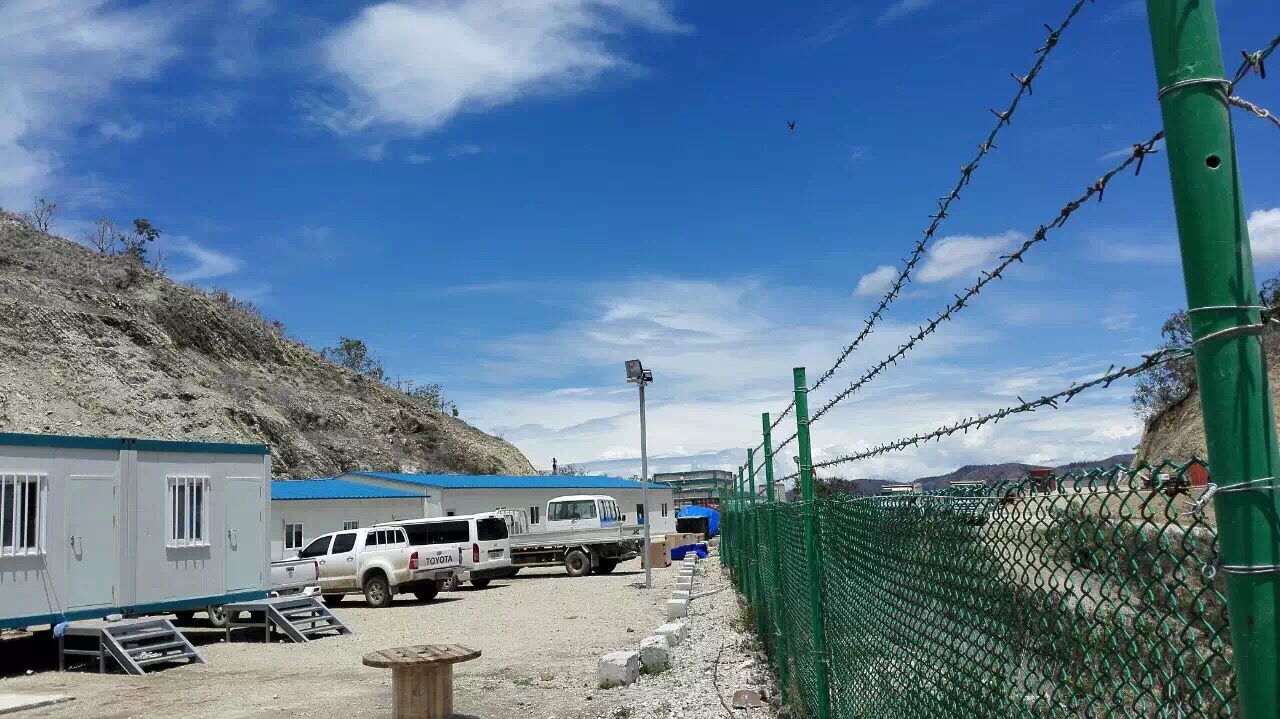The housing industry is undergoing a remarkable transformation. Rising land costs, labor shortages, and growing concerns about sustainability have made traditional construction methods increasingly impractical for many people around the world. In this context, affordable modern prefab houses have emerged as one of the most promising solutions. Combining architectural innovation with factory-based efficiency, prefab homes provide a balance between cost-effectiveness, speed, and quality—without compromising on aesthetics or environmental responsibility.
Prefab housing, short for “prefabricated housing,” involves manufacturing building components in controlled factory settings and then transporting them to the construction site for rapid assembly. This process not only cuts down construction time but also minimizes waste and ensures consistency in quality. What was once considered temporary or low-end housing has now evolved into stylish, highly customizable homes that cater to both affordability and modern living standards.
This article explores the rise of affordable modern prefab houses, their benefits, challenges, case studies, and why they are becoming an increasingly popular choice across the globe.
The Evolution of Prefab Housing
The concept of prefabrication dates back centuries, with modular designs appearing in military camps, temporary housing, and remote industrial projects. However, the past two decades have seen a fundamental shift in perception. Prefab housing is no longer limited to utilitarian camps or emergency shelters. Instead, it has entered mainstream housing markets as a modern, stylish, and sustainable alternative.
Contemporary prefab homes are designed by leading architects, equipped with smart technologies, and tailored to different lifestyles. From tiny homes for minimalists to multi-story family dwellings, prefab structures today cater to a wide spectrum of housing needs while maintaining affordability.
Why Affordable Modern Prefab Houses Are in Demand
1. Affordability Without Compromise
One of the most compelling reasons for the rise of prefab homes is affordability. On average, prefabricated houses cost 10–25% less than traditionally built homes. The savings come from reduced labor costs, bulk material procurement, and streamlined factory production. For first-time buyers or families in need of budget-friendly housing, prefab homes offer a path to ownership without sacrificing quality.
2. Faster Construction Time
While traditional homes may take anywhere from six months to two years to complete, prefab houses can be ready in as little as 8–12 weeks. Since much of the work happens in a factory, weather delays are minimized. This speed is especially critical in regions facing urgent housing shortages or disaster-relief scenarios.
3. Sustainability and Eco-Friendliness
Sustainability has become a major driver of modern housing choices. Prefab homes generate 50–90% less waste compared to traditional construction. Materials such as recycled steel, bamboo panels, and energy-efficient insulation are commonly used. Many prefab houses are also designed to integrate renewable energy systems like solar panels, further reducing their environmental footprint.
4. Design Flexibility
Gone are the days when prefab homes were synonymous with dull, boxy layouts. Today’s affordable modern prefab houses feature open floor plans, large glass windows, rooftop gardens, and sleek interiors. Buyers can customize layouts, finishes, and amenities according to their personal taste and budget.
5. Durability and Quality Assurance
Because prefab units are built in controlled factory environments, every stage of production undergoes rigorous quality checks. The result is a durable, high-quality home capable of withstanding diverse environmental conditions—from hurricane zones to cold northern climates.
Case Studies of Affordable Modern Prefab Housing
KODA by Kodasema (Europe)
KODA, an Estonian innovation, is a compact prefab house measuring just 25 square meters but offering all the essentials of modern living. Its affordability and mobility make it ideal for young professionals or families seeking starter homes in urban settings.
BOSS Tiny House (United States)
The BOSS modular system in California offers affordable prefab homes starting at around $30,000. With DIY-friendly kits, customers can assemble their homes within a few days, significantly reducing labor expenses.
Cubicco Modular Homes (Caribbean and Europe)
Cubicco specializes in hurricane-resistant prefab homes designed for tropical climates. Despite their durability, they remain affordable and energy-efficient, addressing the housing needs of coastal regions.
Nest House by Studio Bark (United Kingdom)
This eco-friendly prefab house utilizes locally sourced timber and off-grid energy systems. It demonstrates how affordable prefab housing can integrate sustainability with comfort and style.
Market Growth and Opportunities
The global prefab housing market is expanding rapidly. Analysts project that the industry will grow at a CAGR of over 7% from 2025 to 2034, with Asia-Pacific and Europe leading the way. Urbanization, demand for affordable housing, and government initiatives for sustainable development are key driving forces.
In countries like Japan and Sweden, prefab housing already makes up a significant portion of the residential construction market. Meanwhile, in emerging economies such as India and parts of Africa, prefab houses are seen as a practical solution to massive housing shortages.
Challenges Facing Prefab Housing
Despite their many benefits, affordable modern prefab houses face certain challenges:
Perception Issues: In some regions, prefab homes are still associated with temporary housing or low quality.
Land and Zoning Regulations: Inflexible zoning laws can restrict the deployment of prefab units in certain urban areas.
Financing and Mortgages: Many banks are still hesitant to provide traditional mortgages for prefab homes, although this is slowly changing.
Transportation Costs: While factory production is efficient, transporting large modules to remote or urban sites can add costs.
Addressing these challenges will require collaboration between manufacturers, governments, and financial institutions.
The Future of Affordable Modern Prefab Houses
Looking ahead, prefab housing will likely become an integral part of urban and rural landscapes worldwide. Key trends shaping the future include:
Smart Homes Integration: IoT devices, energy monitoring systems, and AI-driven climate control will enhance convenience.
3D Printing in Prefab: Large-scale 3D printing will allow faster, cheaper, and more sustainable home production.
Circular Economy Models: Homes designed for easy disassembly, reuse, and recycling will dominate the prefab market.
Mass Customization: Clients will increasingly be able to select from hundreds of design variations while maintaining affordability.
Conclusion
Affordable modern prefab houses are redefining what it means to own a home. No longer just quick fixes for temporary needs, they now represent a sophisticated, sustainable, and budget-friendly alternative to conventional housing. Their ability to combine speed, affordability, style, and environmental responsibility makes them especially attractive in today’s global housing market.
For families seeking their first home, developers aiming to scale affordable housing projects, or governments responding to housing shortages, prefab housing offers a powerful solution. With continued innovation in technology and design, affordable modern prefab houses will not only shape the homes of tomorrow but also provide a blueprint for sustainable, equitable living across the globe.


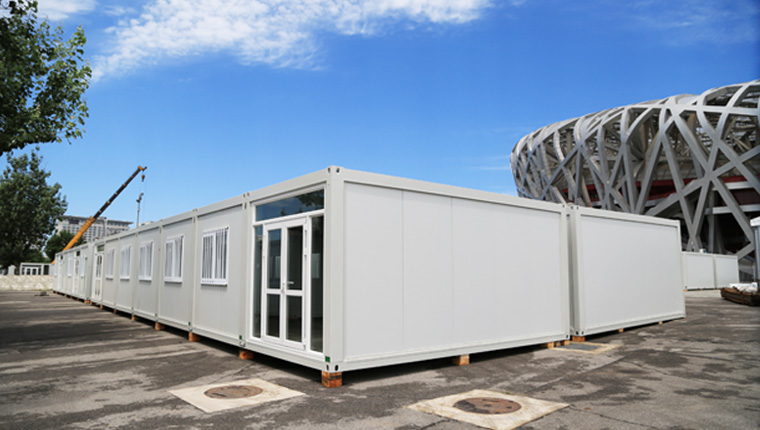
More
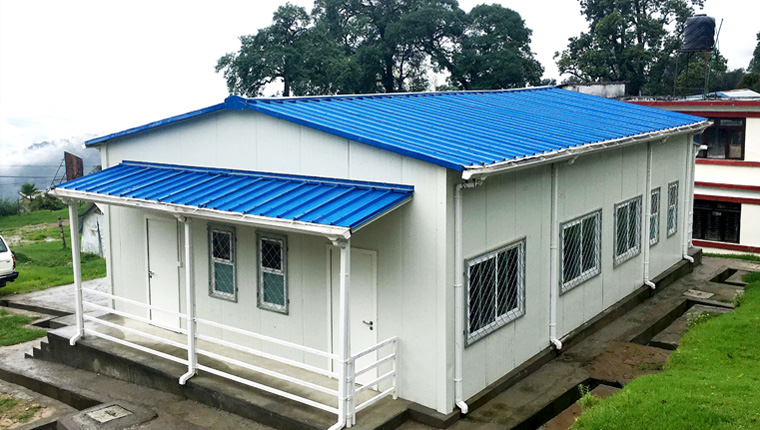
More
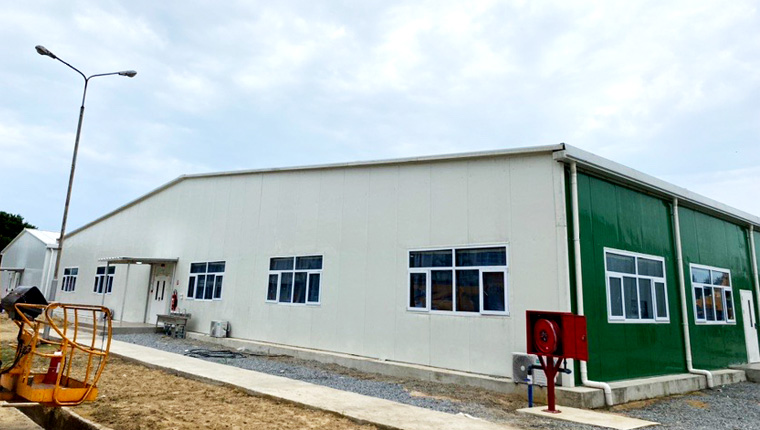
More
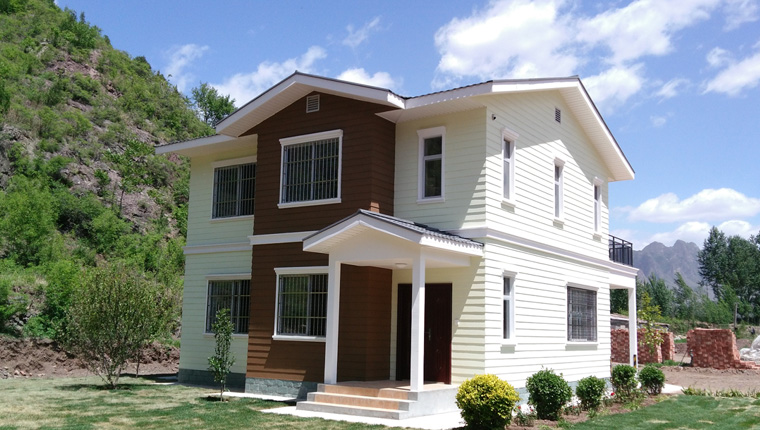
More
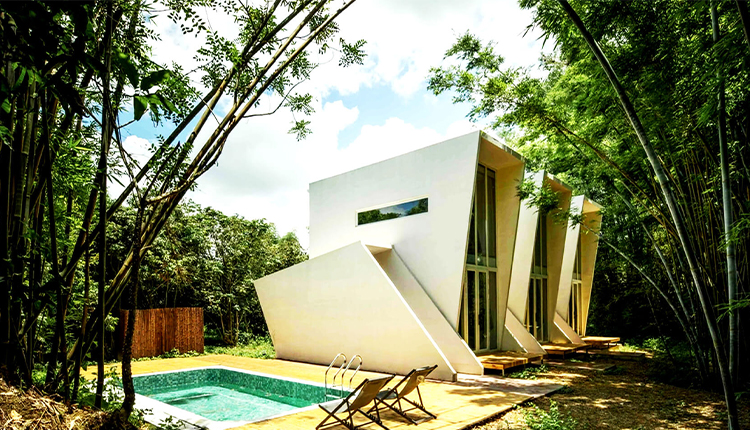
More
Learn More
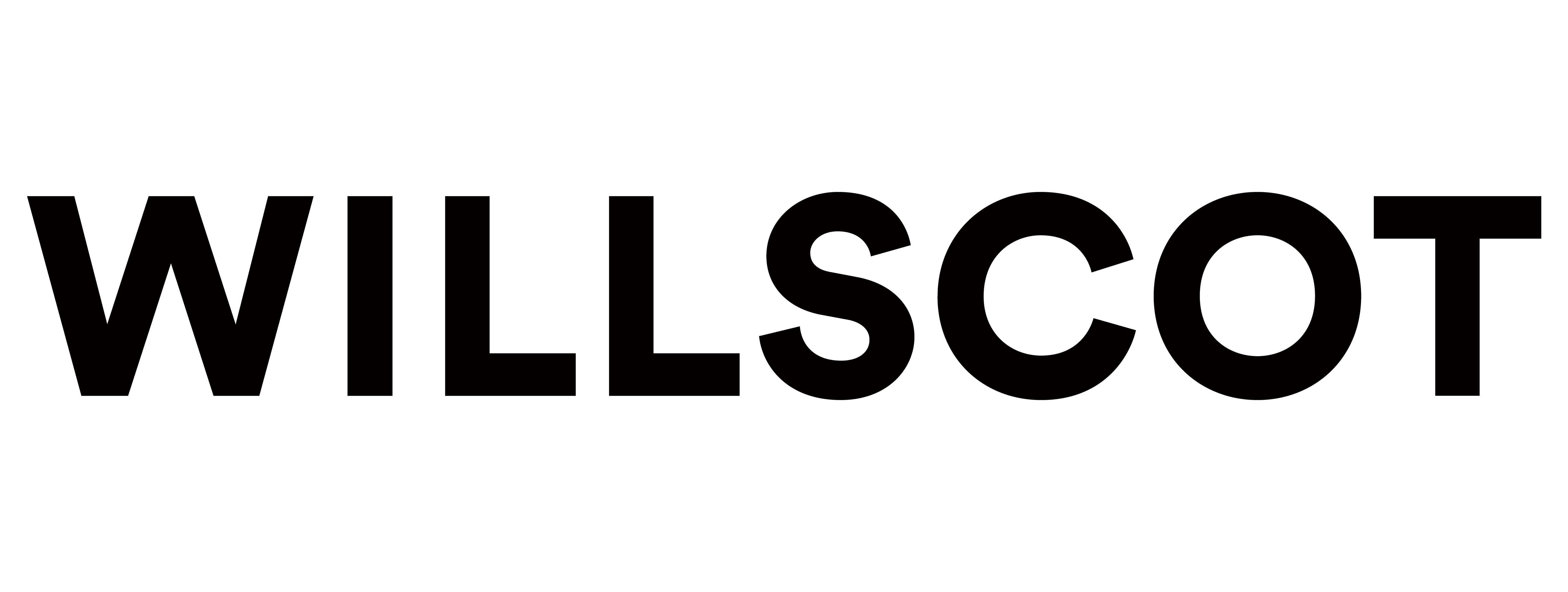

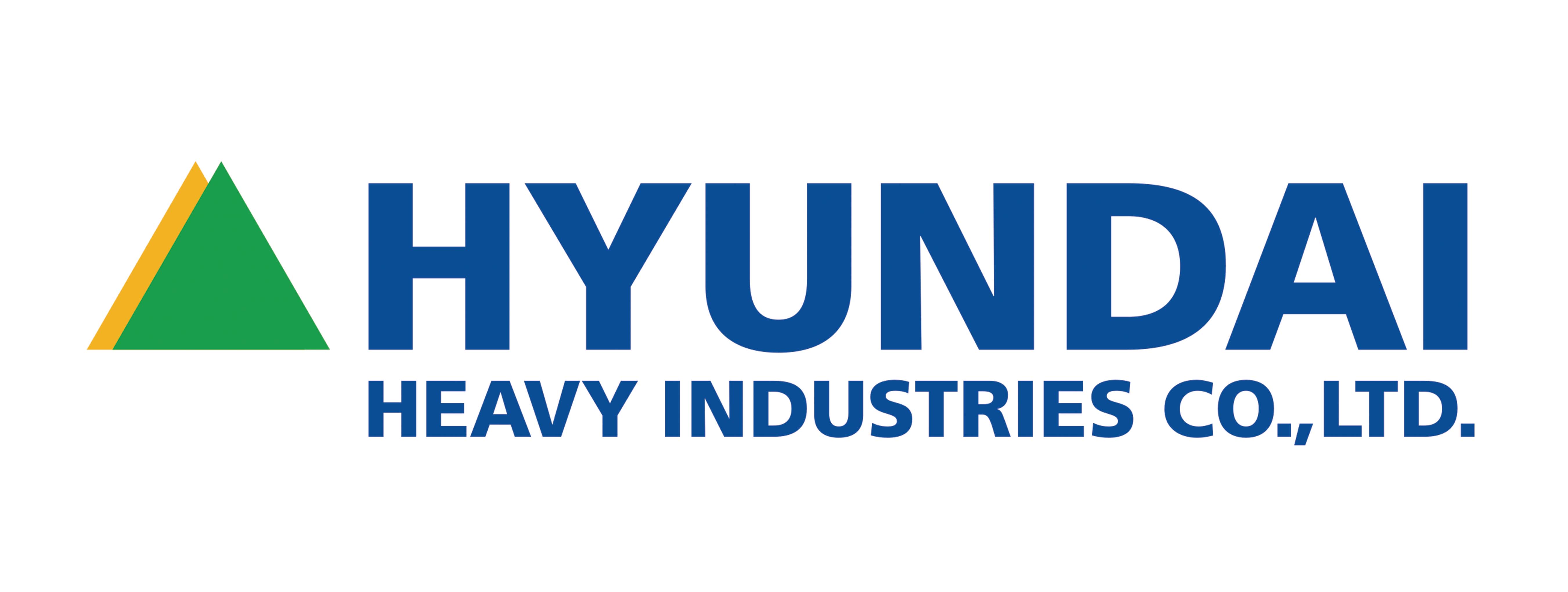
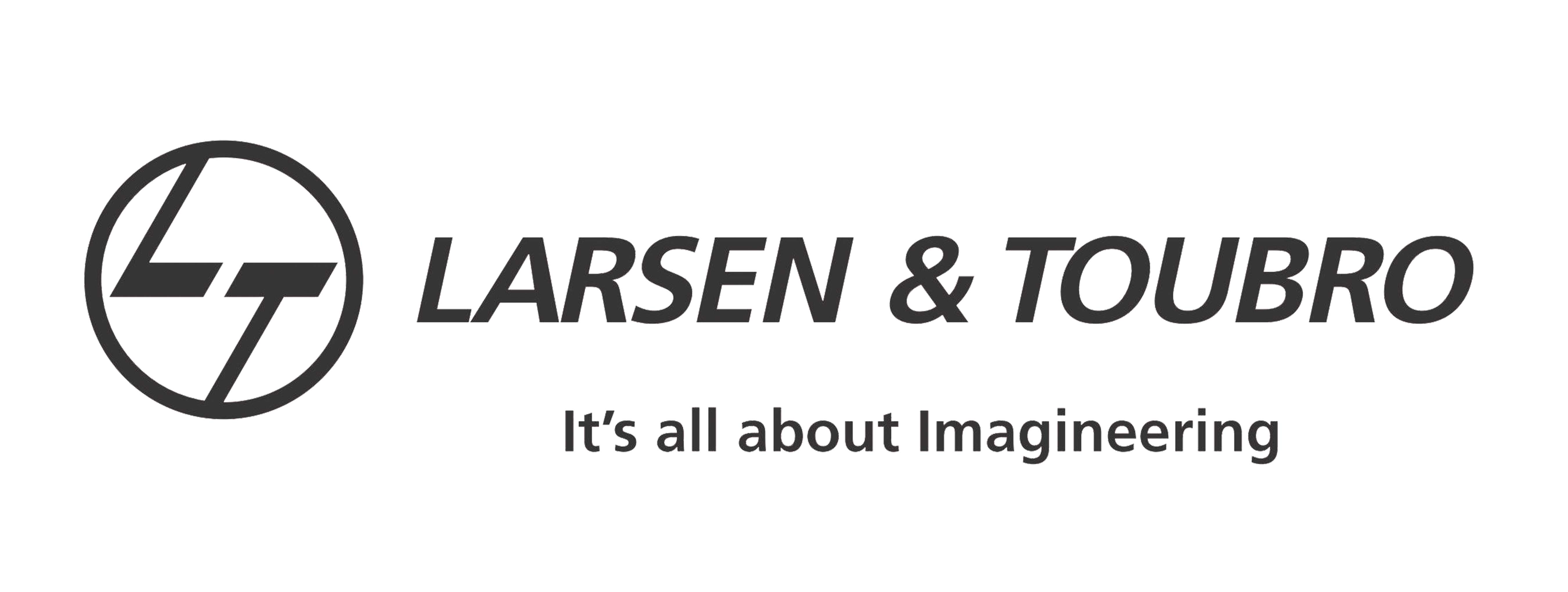
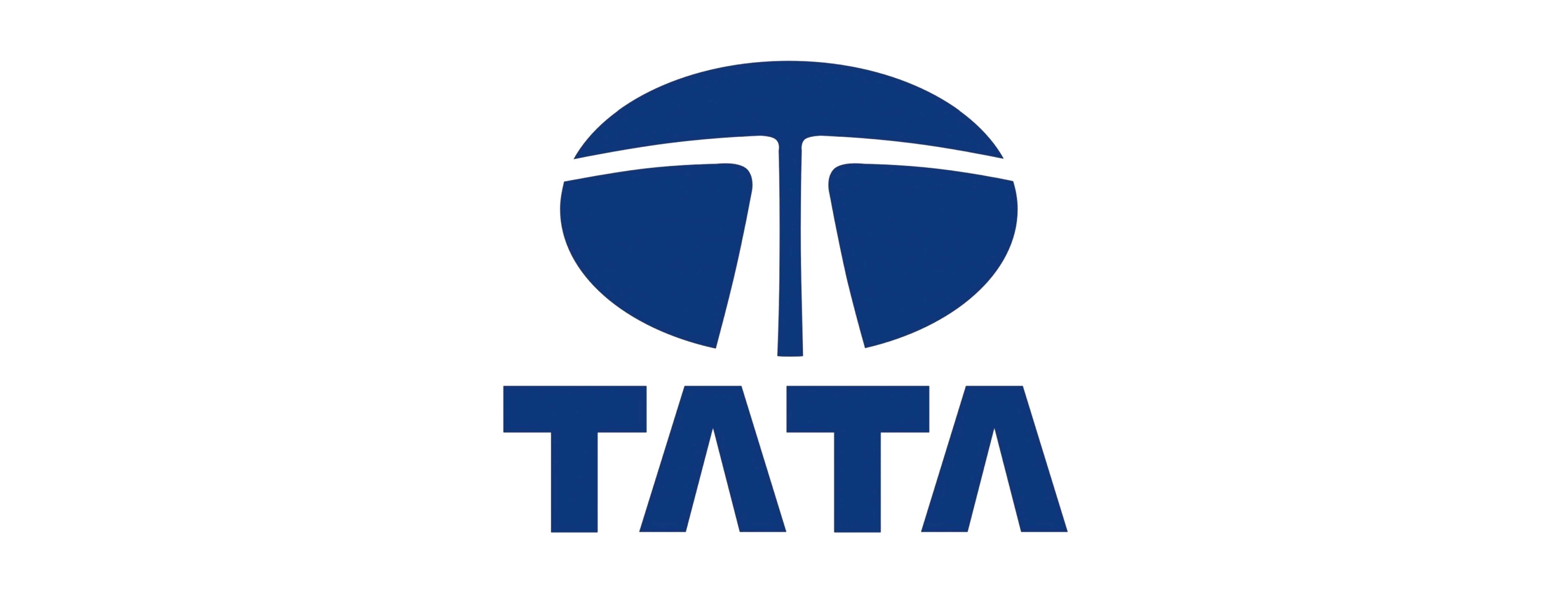

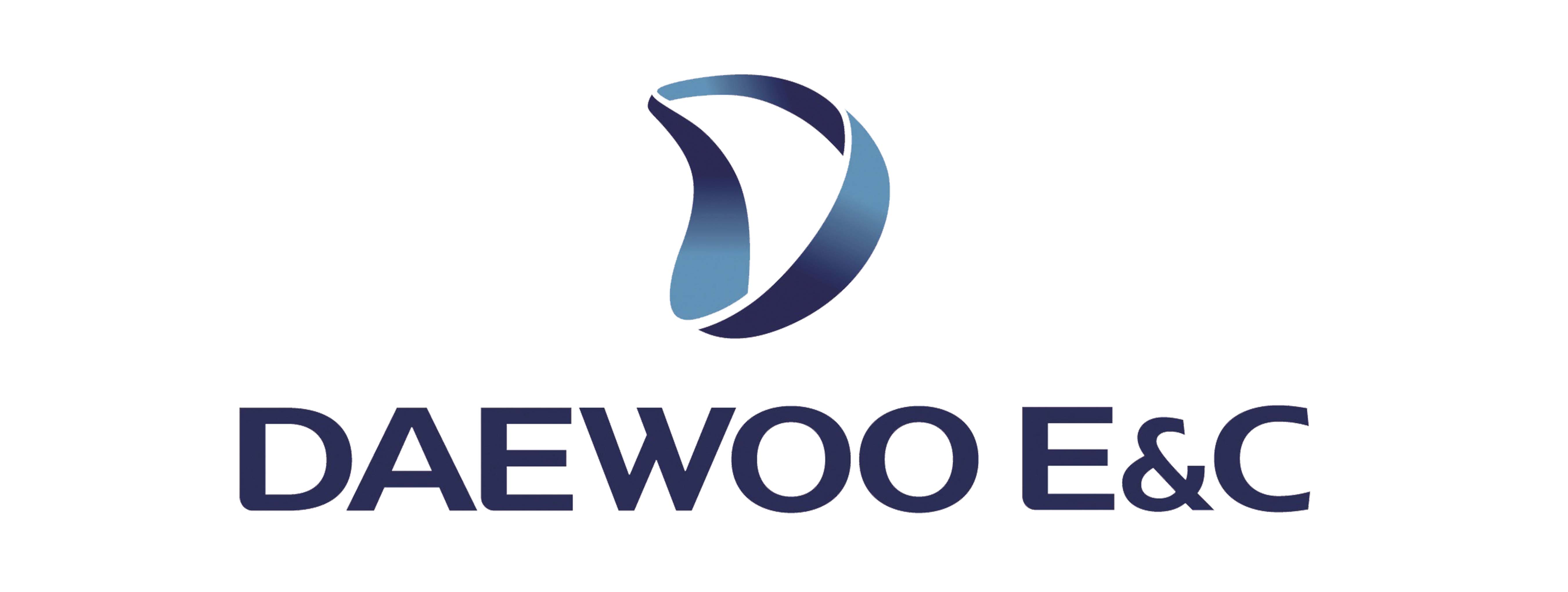


















![Top Advantages of Modular Construction Explained [2025]](/uploads/upload/images/20250424/0fb390068474145a09a8c0504c73b1d2.png)
